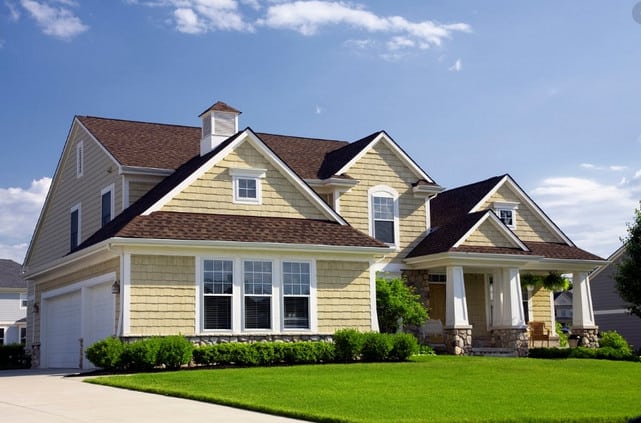Does Underpinning Affect Home Insurance?
If you want to buy a house that has been underpinned as a result of subsidence, some people may advise you that insuring it will be challenging and pricey.
Some people may go ahead to advise you that underpinning your house in Melbourne will increase your home insurance premiums such that you may have a second thought about underpinning.

However, even if underpinning may increase your insurance premiums, it’ll make your home safer. After all, your safety should always come first.
Nevertheless, is it true that it’s more challenging to get insurance cover for an underpinned house? Let’s find out.
What Does Underpinning Involve?
Underpinning is a technique used to strengthen and stabilize an existing foundation. It’s done for several reasons.
For instance, it can be done as a result of subsidence, which is a situation whereby a structure slips into a weakened subsoil. A building can also undergo underpinning to give the foundation more strength to support an extra floor or extension.
Underpinning is done through several methods. The most common underpinning methods are piling and mass concrete.
Mass concrete or traditional underpinning entails excavating trenches beneath the foundation and filling them with concrete.
Although it’s the best method in some situations, it’s being replaced by piling. In piling, piles are driven down or drilled into a stronger subsoil or the bedrock.
Does Underpinning Affect Home Insurance?
Most insurers are often wary of structures that have ever experienced subsidence. Although underpinning often solves the problem, insurers are always skeptical about the subsidence occurring again.
In earlier years, insurance cover for a home that has been underpinned was challenging and expensive to get. Luckily, things have improved today.
While several mainstream insurers still resist to cover underpinned buildings, there’s an increase in the number of insurers who are accepting to insure such structures.
There are several companies that have dedicated and experienced underpinning experts while others outsource to other underpinning contractors or brokers.
If you want to get your underpinned home insured easily, you may have to get specific work done on the property, especially having the drain lines tested to make sure they’re watertight.
Nevertheless, if you’re able to demonstrate that underpinning did its job, then your home will get insured at an affordable premium.
The kind of insurance premium offered will depend on the satisfaction of the insurance that the foundation is secure and further risks of subsidence are extremely low. Thus, always ensure that underpinning is done by a licensed and qualified contractor and not a regular builder.
Read: Signs That Tell Your Melbourne Home May Require Underpinning


